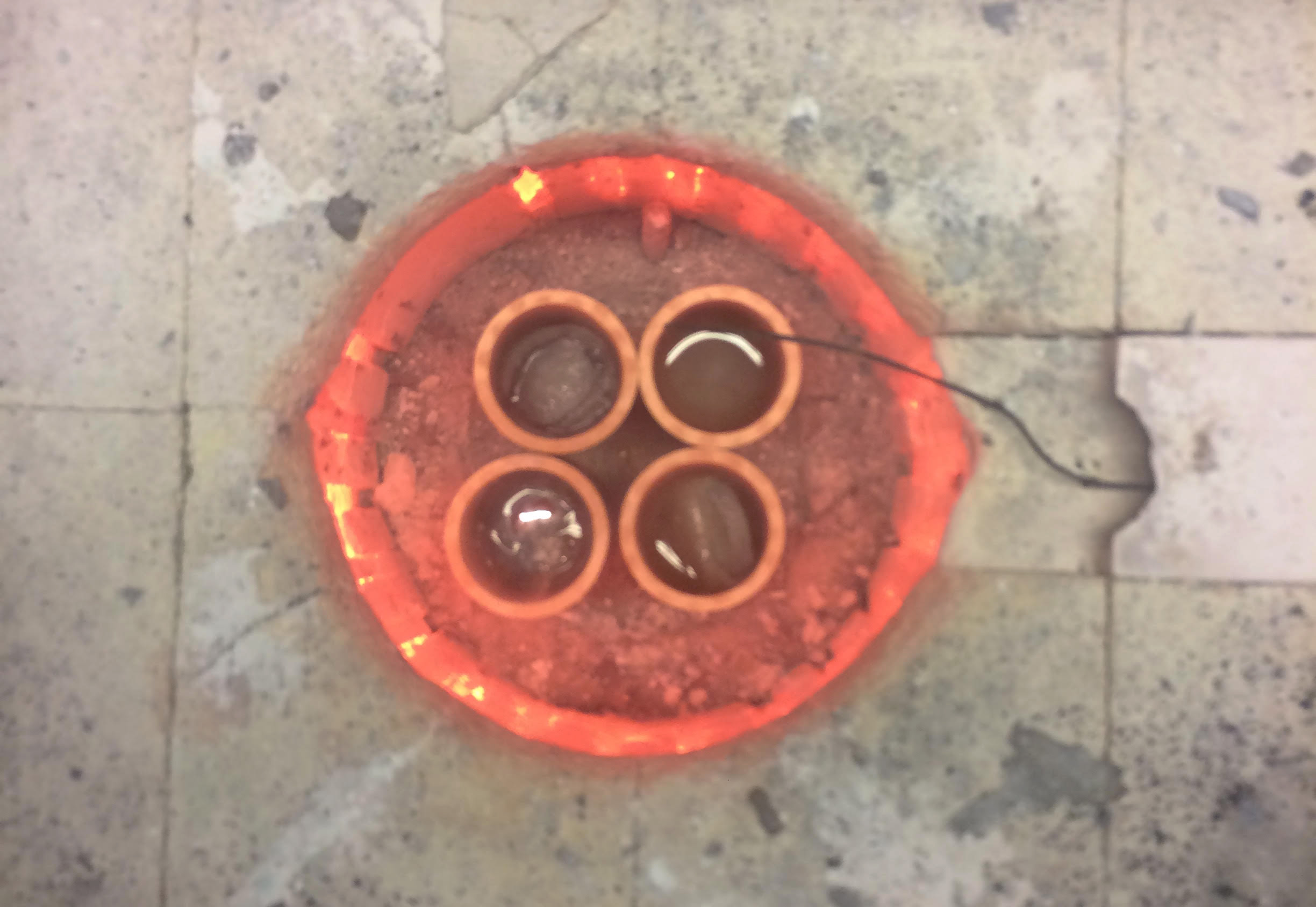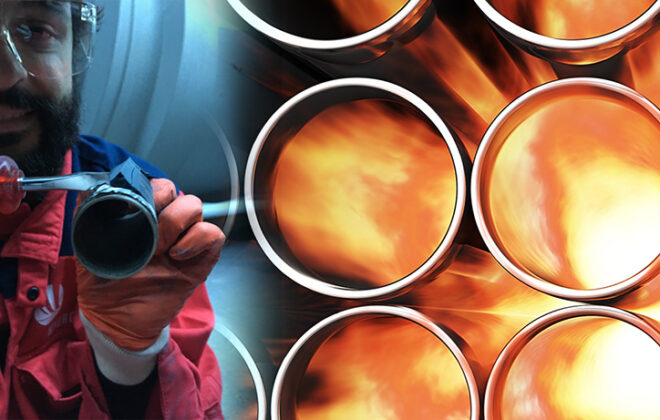From waste to value
40.000 tons of aluminium are going to waste each year, in the form of different types of food packaging. We work to improve the circularity of the aluminium food packaging in Norway.

-Hi guys! I am taking the “pant” to the store, is there something we need to buy?
This question has been part of my life since I moved a few months ago into a house-share in Trondheim. We put together our empty aluminium cans and plastic bottles and use the recovered money as the common pot for household goods. This is an incentive for us to recycle and makes sharing costs easier!
In Norway, the “pant” collection system is managed by Infinitum, who reported that nearly 600 million of cans were returned in 2019 (89.5% of all the cans sold). This way, more than 9000 tons of aluminium were then recycled by Norsk Hydro. (1)
This level of recycling of aluminium cans is great.
However, 40.000 tons of aluminium are still going to waste each year, in the form of different types of food packaging. Think about the last lasagna tray, aluminium foil or tealight cup that you used. If we could find a way to effectively collect and recycle these, we could save more than 1,5 TWh of energy (enough for 90,000 households) and several hundred thousand tons of CO2 reduction yearly. (2)
But why doesn’t aluminium food packaging end up in the containers glass and metal packaging? Are people not aware of the importance of recycling, or is there a lack of information on what can be recycled and how?
What would it take for people to recycle more?
This video was part of an Experts in Team project at NTNU concerning aluminium recycling.
In the video, students reflect on the challenges of aluminium recycling in Norway and propose 3 ways to improve the recycling numbers
- Universal recycling symbols
- “Pant system” for other types of Al food packaging
- Metal containers closer to home
In the Alpakka project, we are trying to improve the circularity of the aluminium packaging in Norway. One of the outputs of the Alpakka project has been that Kavli re-designed the recycling mark of the cheese tubes.
From a sustainability perspective, aluminium is fantastic for extending shelf life and reducing food waste. But today too much is thrown in the bin– our goal is that all the tubes we sell are returned to recycling. To achieve this, it’s important for us to communicate effectively with our customers and mark the packaging so that there is no doubt about what to do with the packaging after use, says Annette Waage Jung, Innovation and Product Development Manager in Kavli. (3)

And what happens after the products get to the recycling plant?
In my PhD project at NTNU, I am working to find out the optimum packaging design from a recyclability perspective; answering questions such as how the thickness of a product is influencing the percentage of aluminium recovered and finding ways to improve the efficiency of the recycling process.
One of the main problems that we face when recycling the aluminium, is its oxidation. Aluminium products present very low oxidation, thanks to the highly stable oxide layer (alumina, Al2O3) that surrounds it. However, this layer will grow when the material is exposed at high temperatures. As a result, during both re-melting (~ 800° C) and household waste incineration (~ 900° C), some aluminium is lost for good and can’t make it back into the new products.

Let’s crush it!
Thin products, such as aluminium foil, cans or other types of food containers, are the most vulnerable to oxidation. One of the methods that we are investigating to improve its recycling performance, is compacting them into briquettes before re-melting. This approach is being used already by aluminium manufacturers when recycling internal scrap, mainly motivated by easing its storage and transportation.
During his master thesis work, Harald Philipson has studied the compaction of aluminium foil and showed that it can highly increase the percentage of metal recovered.


However, we still have work to do. The story could change when dealing with contaminated and coated products, using different re-melting methods… or another way to go could be the new technology patented by NTNU for solid state recycling: the screw extrusion. The screw extruder compacts the aluminium chips so tightly, that the product could be used directly for certain applications, without needing to go through re-melting.
Don’t hesitate to get in touch for any questions or comments!
References
- Infinitum Annual Report 2019 (PDF)
- Alpakka – Circular Aluminium Packaging in Norway (SINTEF)
- Hydro and partners establish research project on recyclable food packaging (Hydro)

Alicia Vallejo-Olivares
Alicia Vallejo-Olivares is a PhD candidate at the Department of Materials Science and Engineering. She belongs to the Resources, Energy & Environment research group.
Search
Søk
Categories
- Arctic Research
- Arkitektur
- Bærekraft
- Bioingeniørfag
- Biologi
- Biology
- Biomedical Laboratory Science
- Biotechnology
- Bioteknologi
- Chemical Engineering
- Chemistry
- Climate
- Computer Science
- Datateknologi
- Digital
- Elektronikk
- Energi
- Energi
- Energy
- Engineering
- Engineering
- Environment
- Food Science
- Forskning
- Fysikk
- Fysikk
- Havbruk
- Informasjonsteknologi
- Informasjonsteknologi
- Ingeniørvitenskap
- Kjemi
- Kjemisk prosessteknologi
- Kjemisk prosessteknologi
- Kreftbehandling
- Kybernetikk
- Marine Technology
- Materialer
- Materials Science
- Materialteknologi
- Matvitenskap
- Meninger
- Miljø
- Min ph.d.
- My PhD
- My PhD
- My postdoc
- Nanotechnology
- Nanoteknologi
- Ocean
- Oil and gas
- Physics
- Research
- Simulering og visualisering
- Spør en forsker
- Studentliv
- Sustainability
- Ukategorisert
- Universitetsliv
- University Life
Kategorier
- Arctic Research
- Arkitektur
- Bærekraft
- Bioingeniørfag
- Biologi
- Biology
- Biomedical Laboratory Science
- Biotechnology
- Bioteknologi
- Chemical Engineering
- Chemistry
- Climate
- Computer Science
- Datateknologi
- Digital
- Elektronikk
- Energi
- Energi
- Energy
- Engineering
- Engineering
- Environment
- Food Science
- Forskning
- Fysikk
- Fysikk
- Havbruk
- Informasjonsteknologi
- Informasjonsteknologi
- Ingeniørvitenskap
- Kjemi
- Kjemisk prosessteknologi
- Kjemisk prosessteknologi
- Kreftbehandling
- Kybernetikk
- Marine Technology
- Materialer
- Materials Science
- Materialteknologi
- Matvitenskap
- Meninger
- Miljø
- Min ph.d.
- My PhD
- My PhD
- My postdoc
- Nanotechnology
- Nanoteknologi
- Ocean
- Oil and gas
- Physics
- Research
- Simulering og visualisering
- Spør en forsker
- Studentliv
- Sustainability
- Ukategorisert
- Universitetsliv
- University Life



